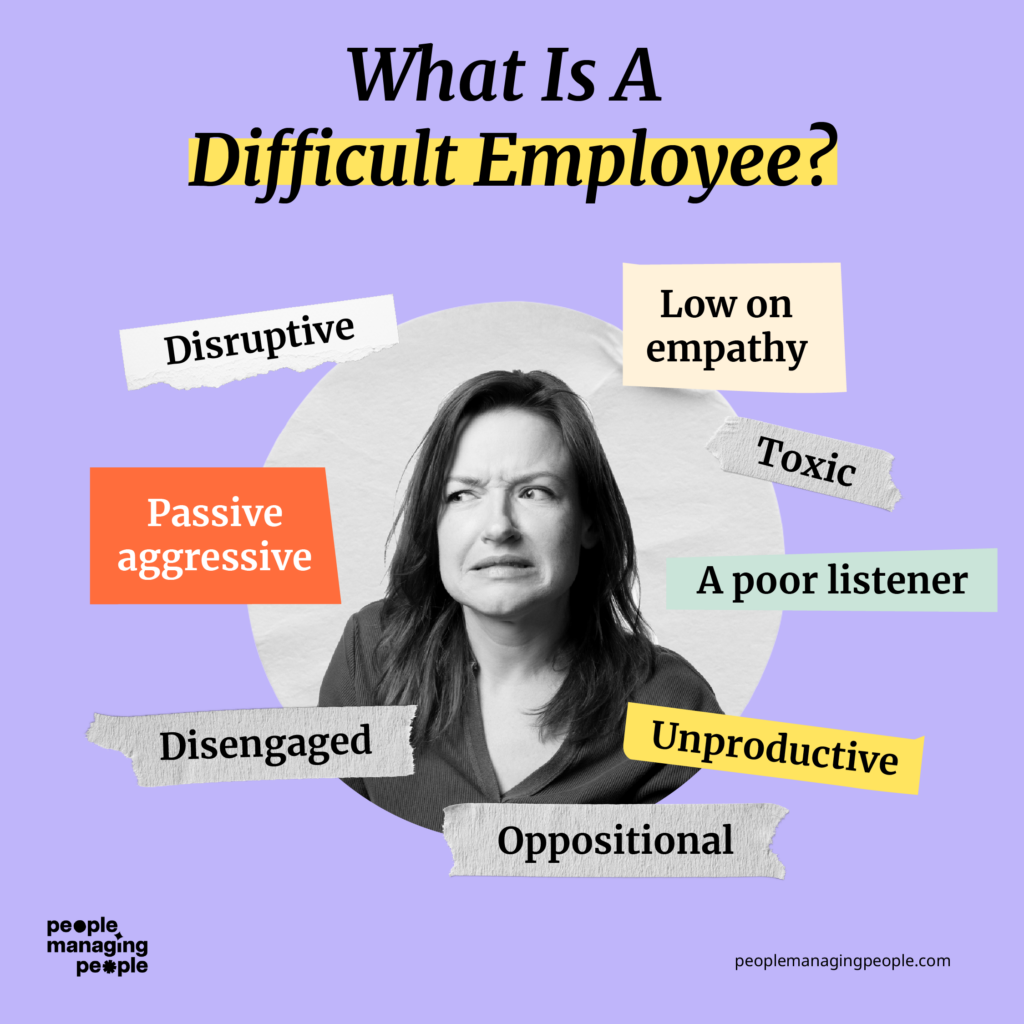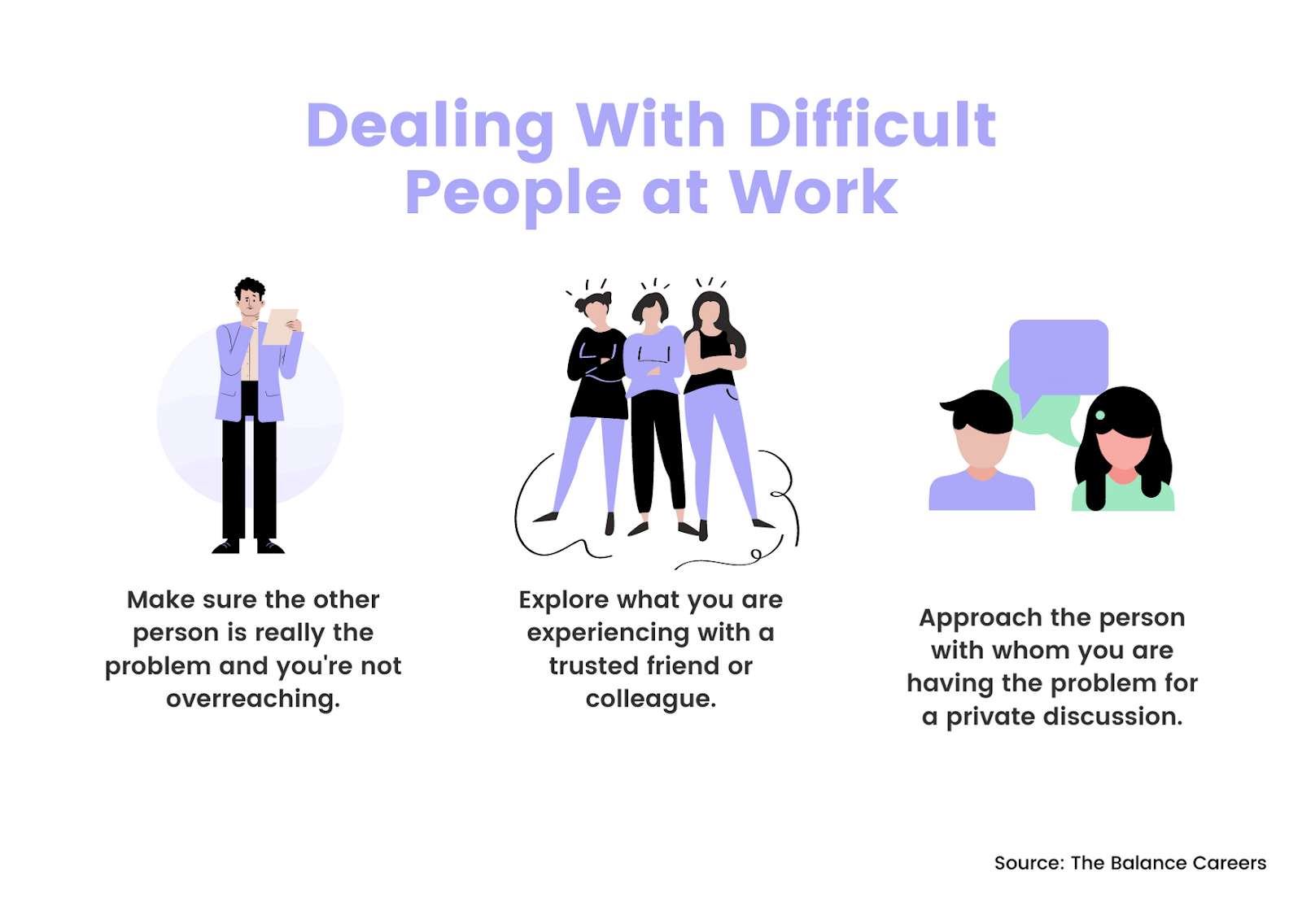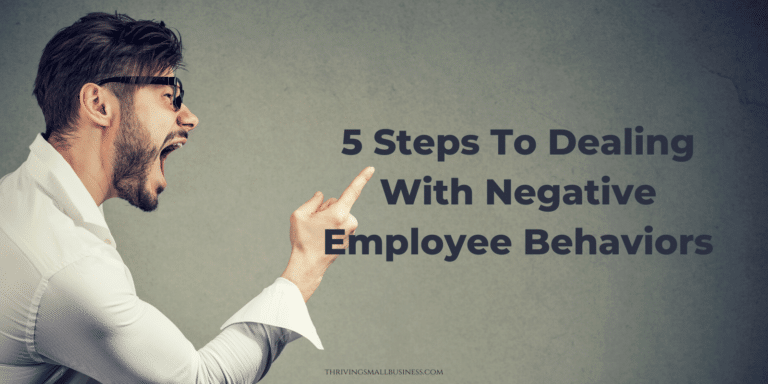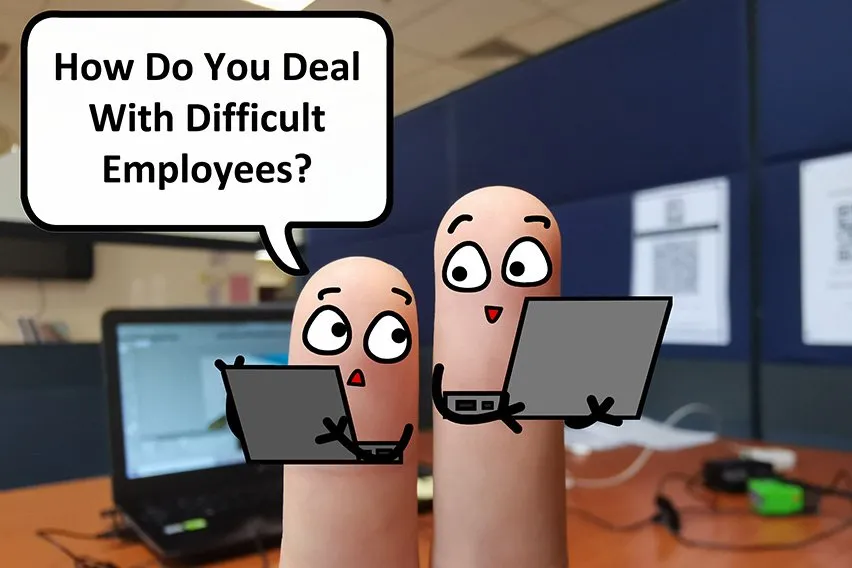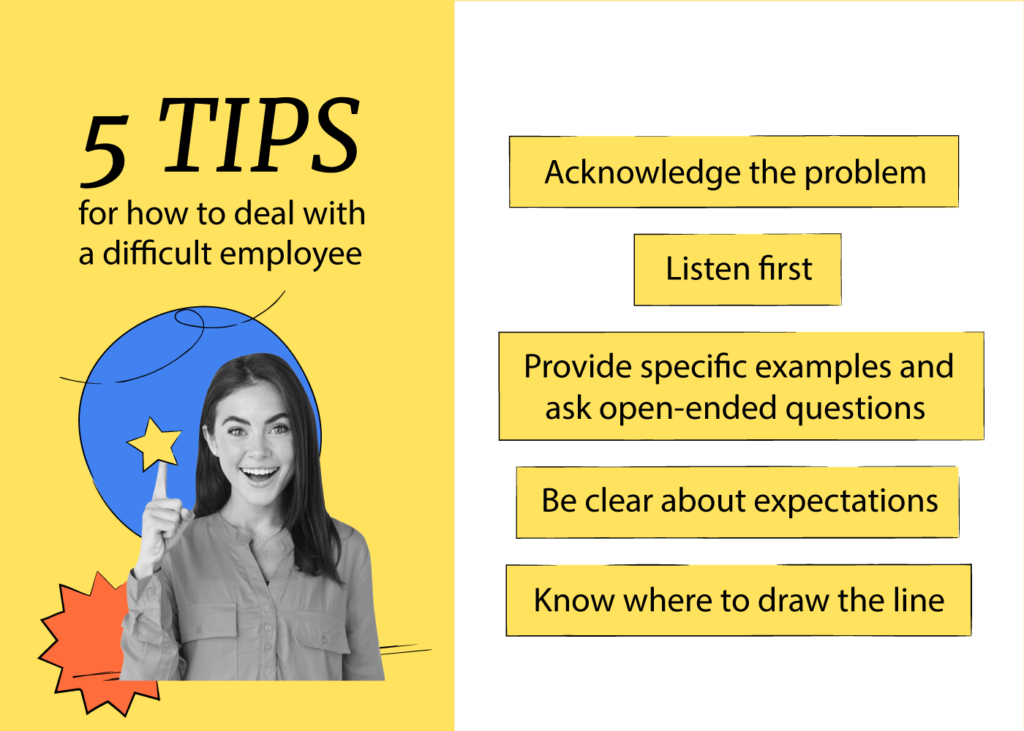How To Deal With Negative Employees In The Workplace
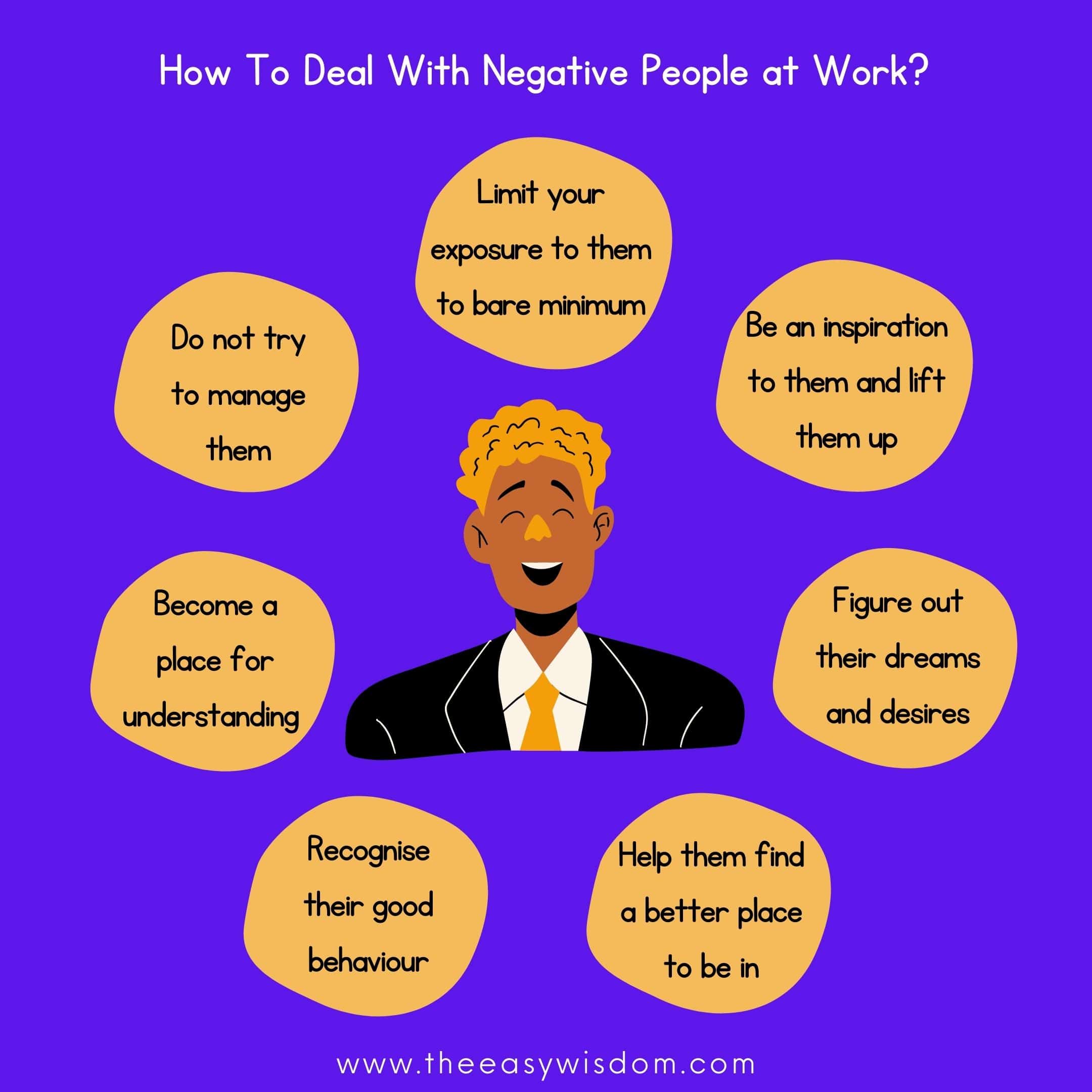
Negative attitudes can spread like wildfire in the workplace, impacting morale, productivity, and overall team performance. Addressing negativity effectively is crucial for maintaining a healthy and productive work environment.
This article explores strategies for managers and HR professionals to identify, understand, and deal with negative employees, drawing upon expert advice and best practices. The goal is to provide a framework for turning negativity into a more positive and constructive contribution.
Identifying the Root Cause of Negativity
Before taking action, it's important to understand why an employee is exhibiting negative behavior. Is it a reaction to a specific situation, a long-standing grievance, or a personality trait?
Common causes include workplace stress, lack of recognition, feeling undervalued, poor communication, and personal problems that spill over into the work environment.
Active listening and empathy are essential in uncovering the root cause. Schedule a private conversation to understand their perspective.
Addressing Negative Behavior: A Step-by-Step Approach
1. Document the Behavior
Keep a record of specific instances of negative behavior, including dates, times, and descriptions of the incidents. This documentation will be crucial if disciplinary action becomes necessary.
Focus on objective observations rather than subjective interpretations. For instance, note "Employee X made disparaging remarks about the new project during the team meeting" instead of "Employee X was being difficult."
2. Provide Constructive Feedback
Deliver feedback in a private setting, focusing on the impact of the employee's behavior on the team and the workplace. Frame the conversation around specific actions and their consequences.
Use "I" statements to express your concerns. For example, "I am concerned that your comments during the team meeting may have discouraged others from sharing their ideas."
3. Set Clear Expectations
Clearly communicate expectations for behavior and performance. Ensure the employee understands the standards for professionalism and teamwork.
Reinforce company policies regarding respectful communication and a positive work environment. It may be helpful to refer to the employee handbook or other relevant documents.
4. Develop a Performance Improvement Plan (PIP)
If the negative behavior persists despite feedback, consider implementing a Performance Improvement Plan (PIP). This formal document outlines specific areas for improvement, measurable goals, and a timeline for achieving those goals.
A PIP provides a structured framework for monitoring progress and addressing any ongoing issues. It also serves as a record of efforts made to support the employee's improvement.
5. Consider Alternative Solutions
Explore alternative solutions, such as providing additional training, mentoring, or job coaching. Sometimes, negativity stems from a lack of skills or knowledge.
In some cases, a change in job responsibilities or a transfer to a different team may be beneficial. This can help the employee find a better fit within the organization.
The Role of Leadership
Leaders play a crucial role in fostering a positive work environment and addressing negative behavior. Effective communication, transparency, and fairness are essential.
Leaders should model positive behavior and create a culture of open communication where employees feel comfortable raising concerns. They must also address negativity promptly and consistently.
"A positive work environment starts at the top. Leaders must create a culture where everyone feels valued and respected," says Dr. Anita Jones, a workplace psychologist.
According to a recent study by Gallup, employees who feel engaged at work are more productive and less likely to exhibit negative behaviors.
Potential Impact and Conclusion
Addressing negative employees effectively can have a significant positive impact on the workplace. Improved morale, increased productivity, and reduced employee turnover are just a few of the potential benefits.
Ignoring negative behavior can lead to a toxic work environment, decreased productivity, and ultimately, damage to the company's reputation. Proactive intervention is key.
By implementing these strategies, managers and HR professionals can create a more positive and productive work environment for all employees. Remember that early intervention, clear communication, and consistent follow-up are crucial for success.
:max_bytes(150000):strip_icc():format(webp)/how-to-deal-with-difficult-people-at-work-1919377-v5-5b74a14c46e0fb0050480872.png?ssl=1)








